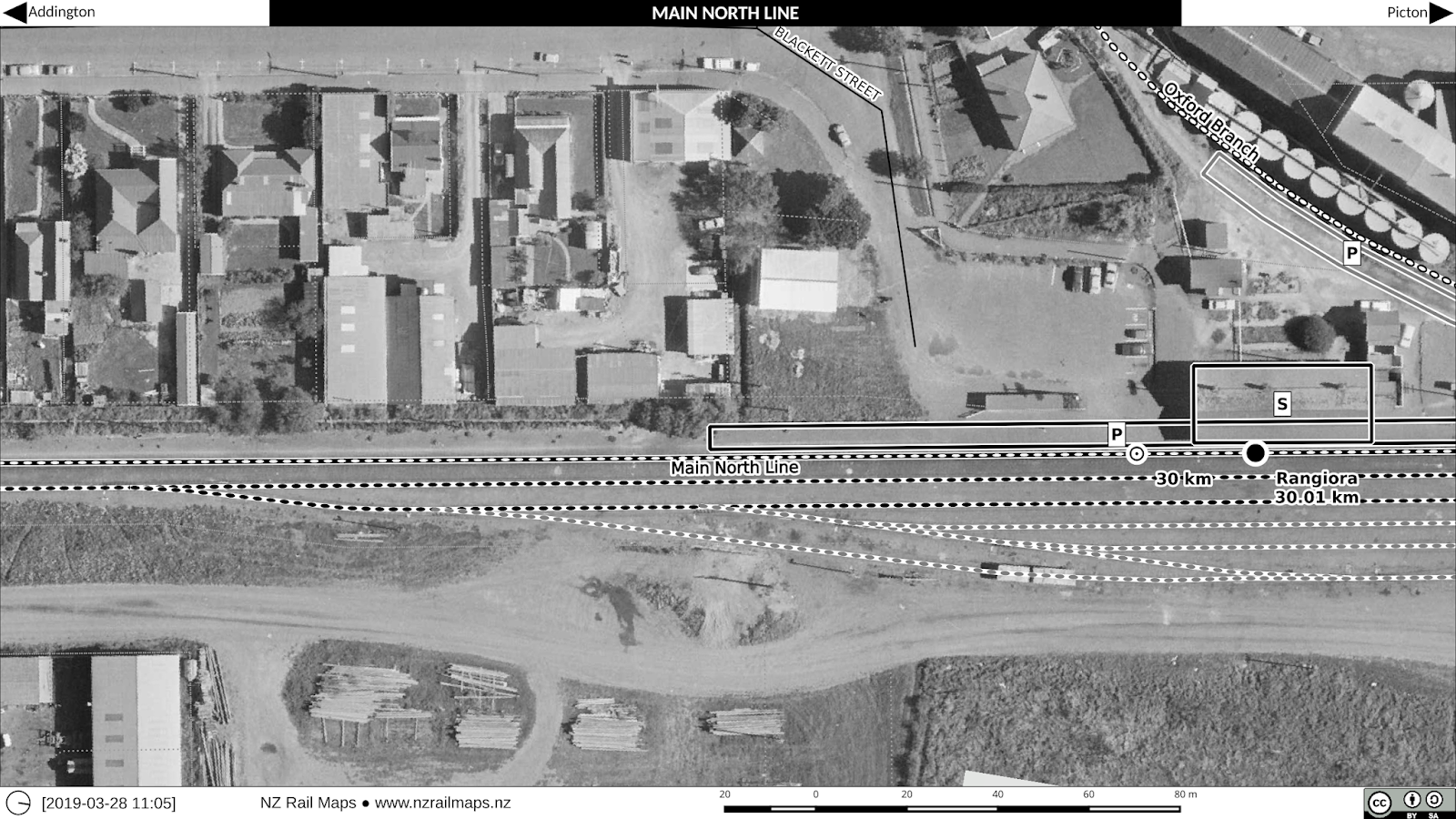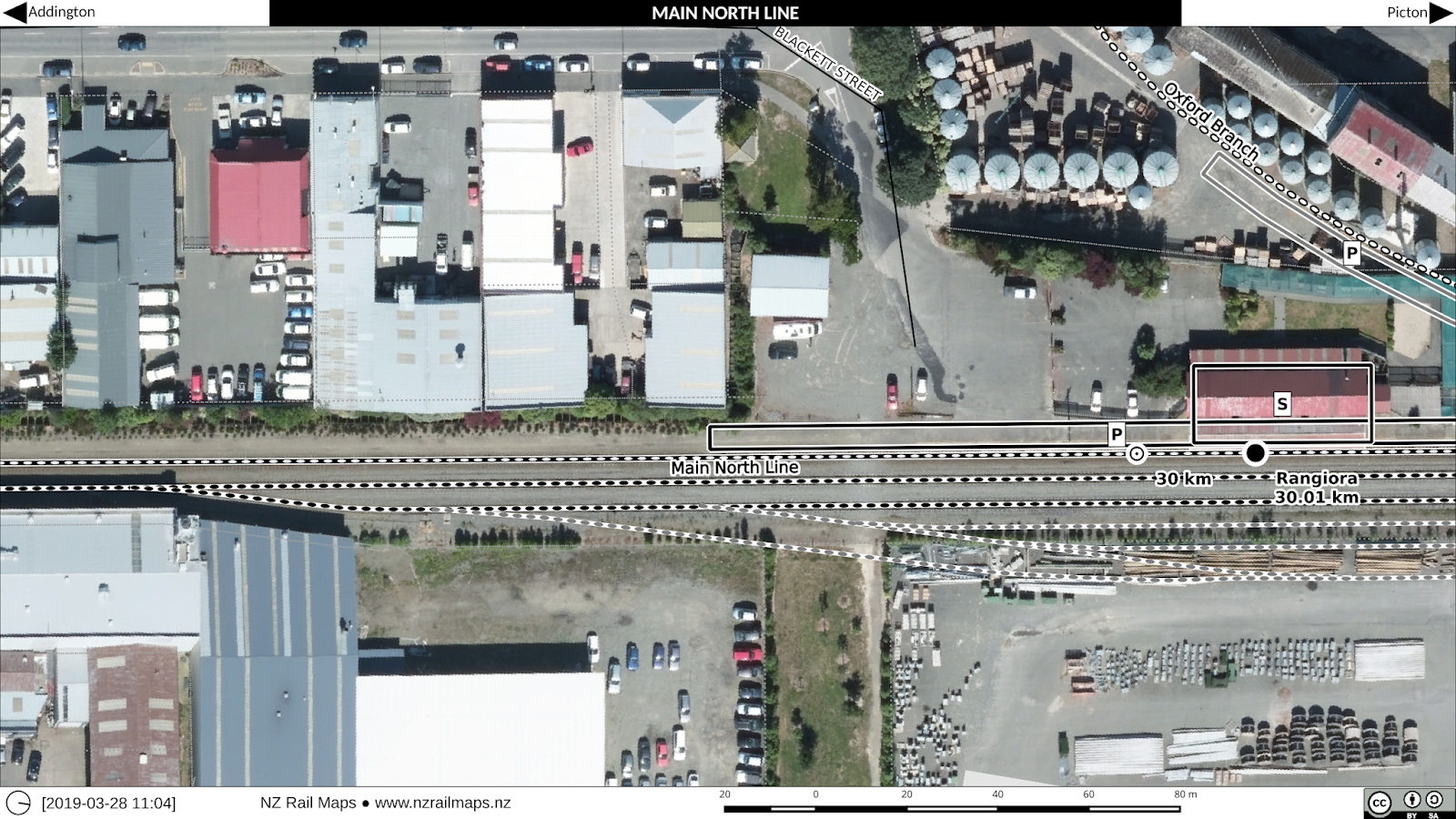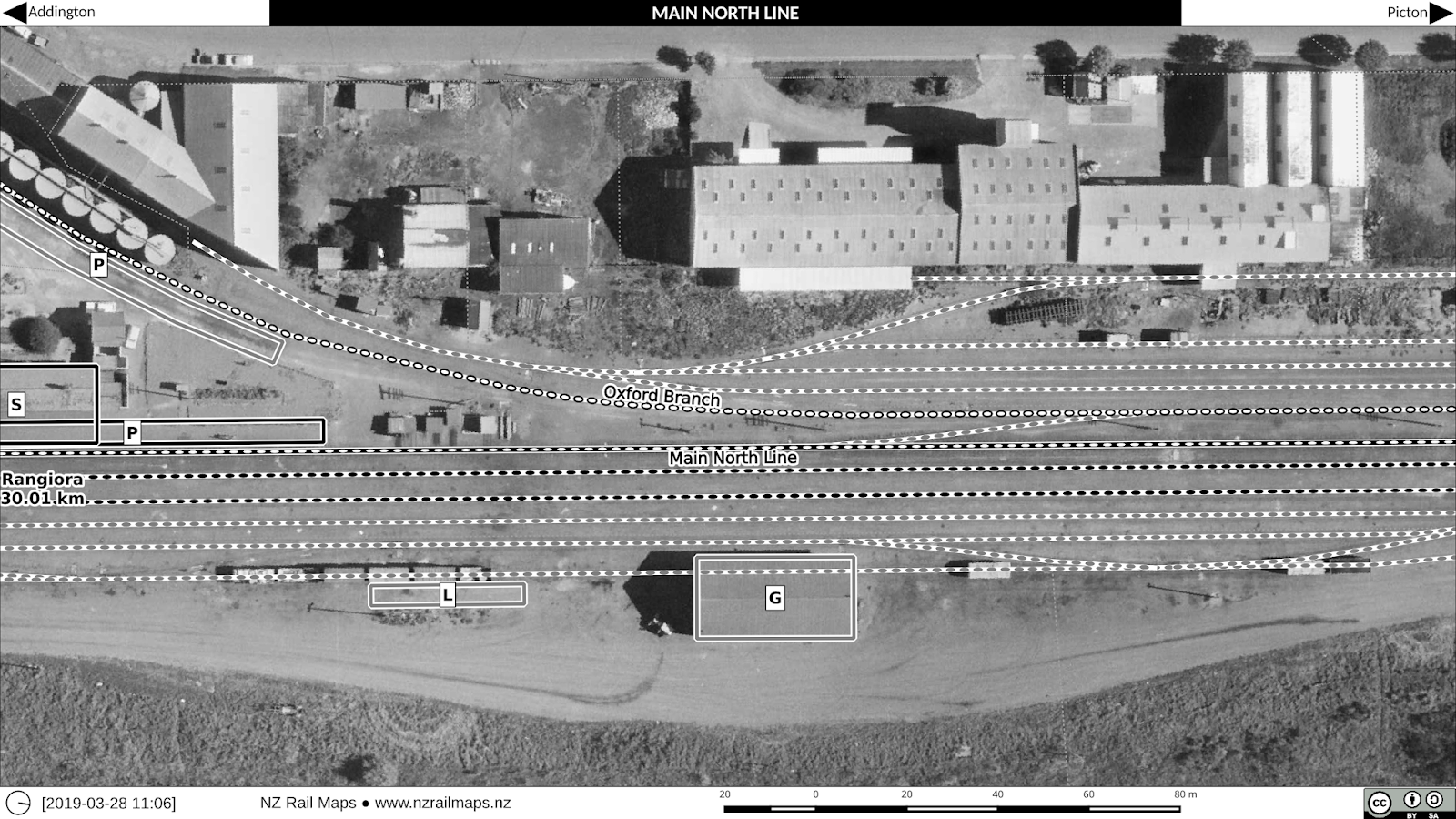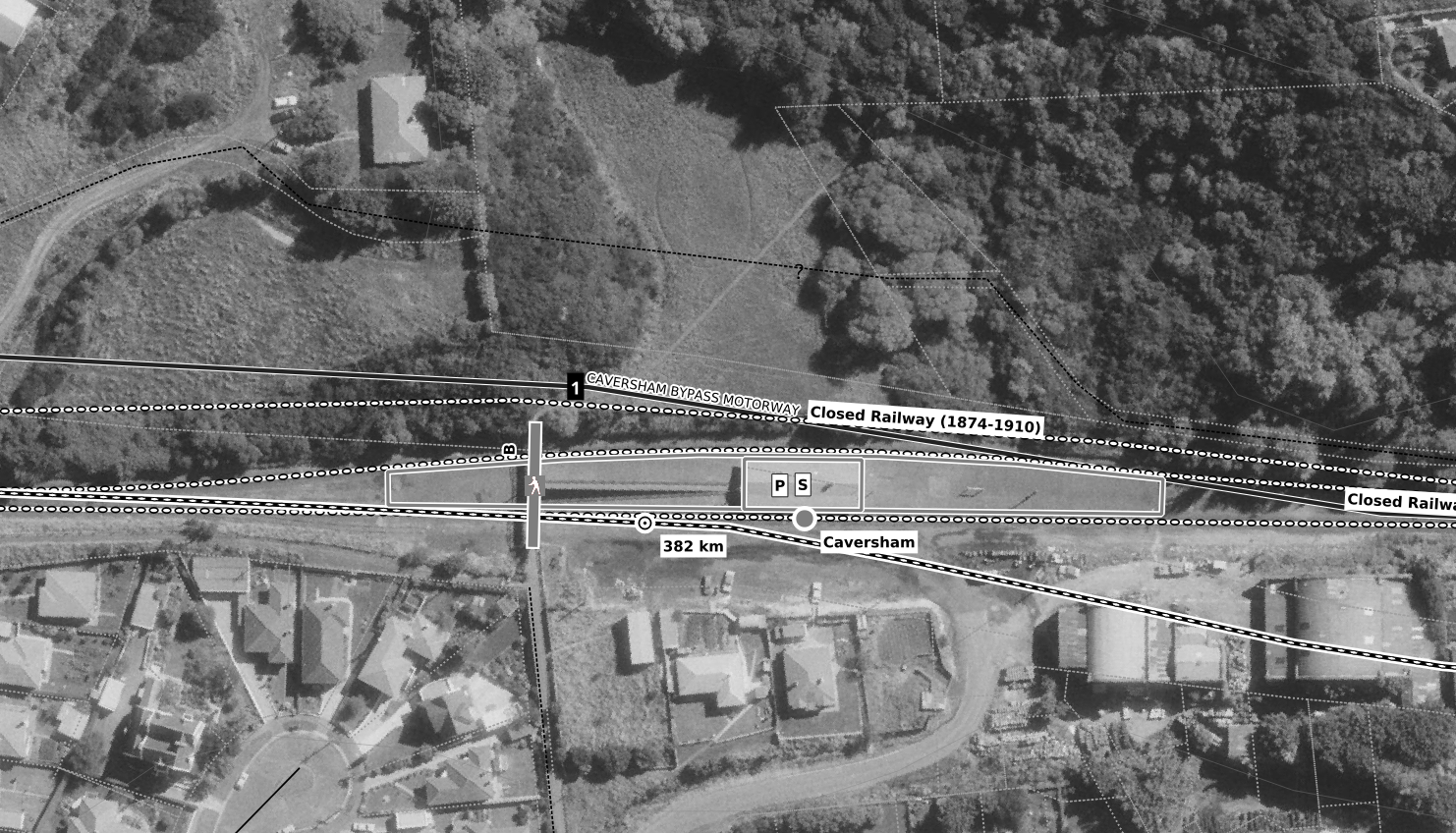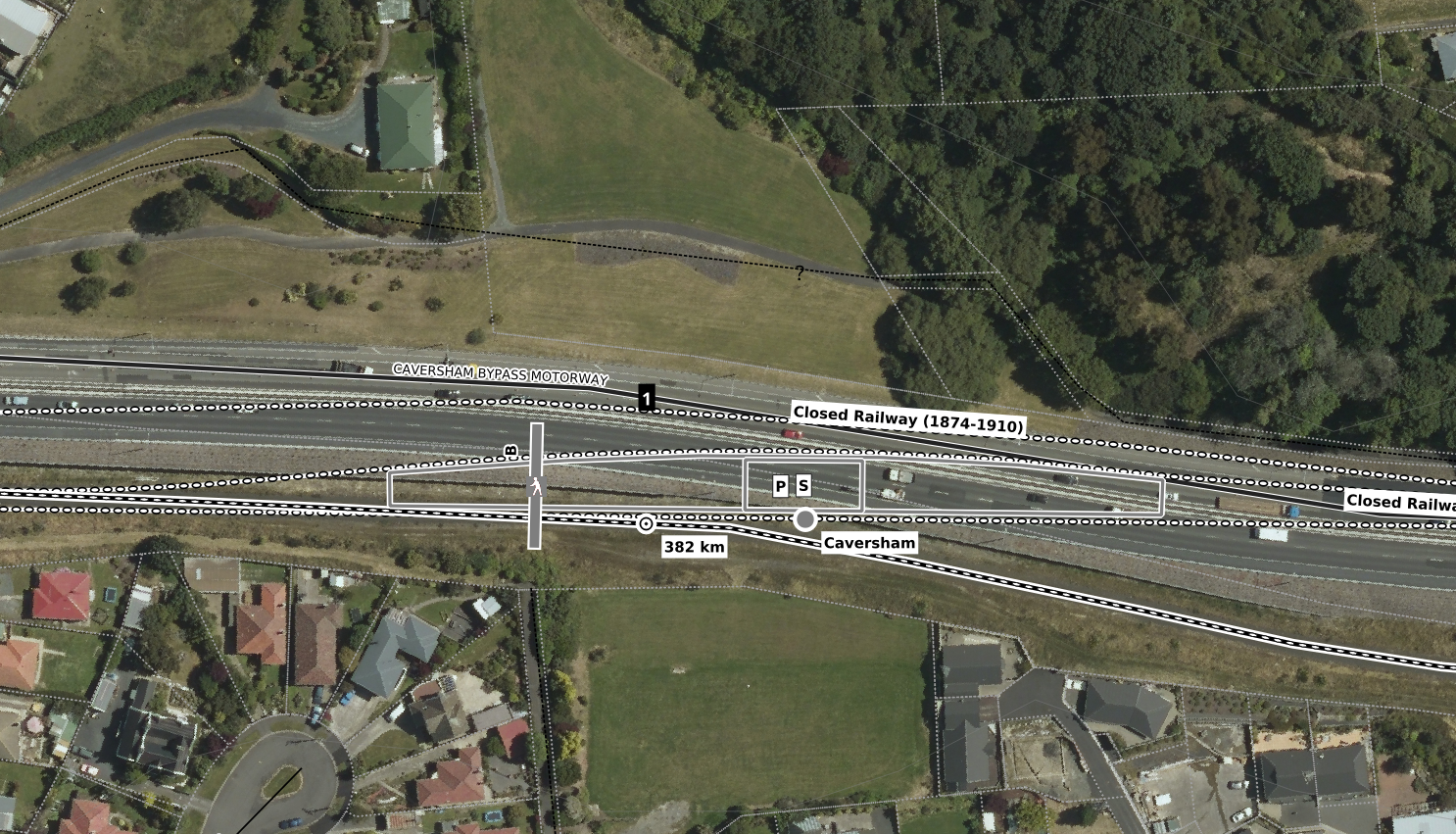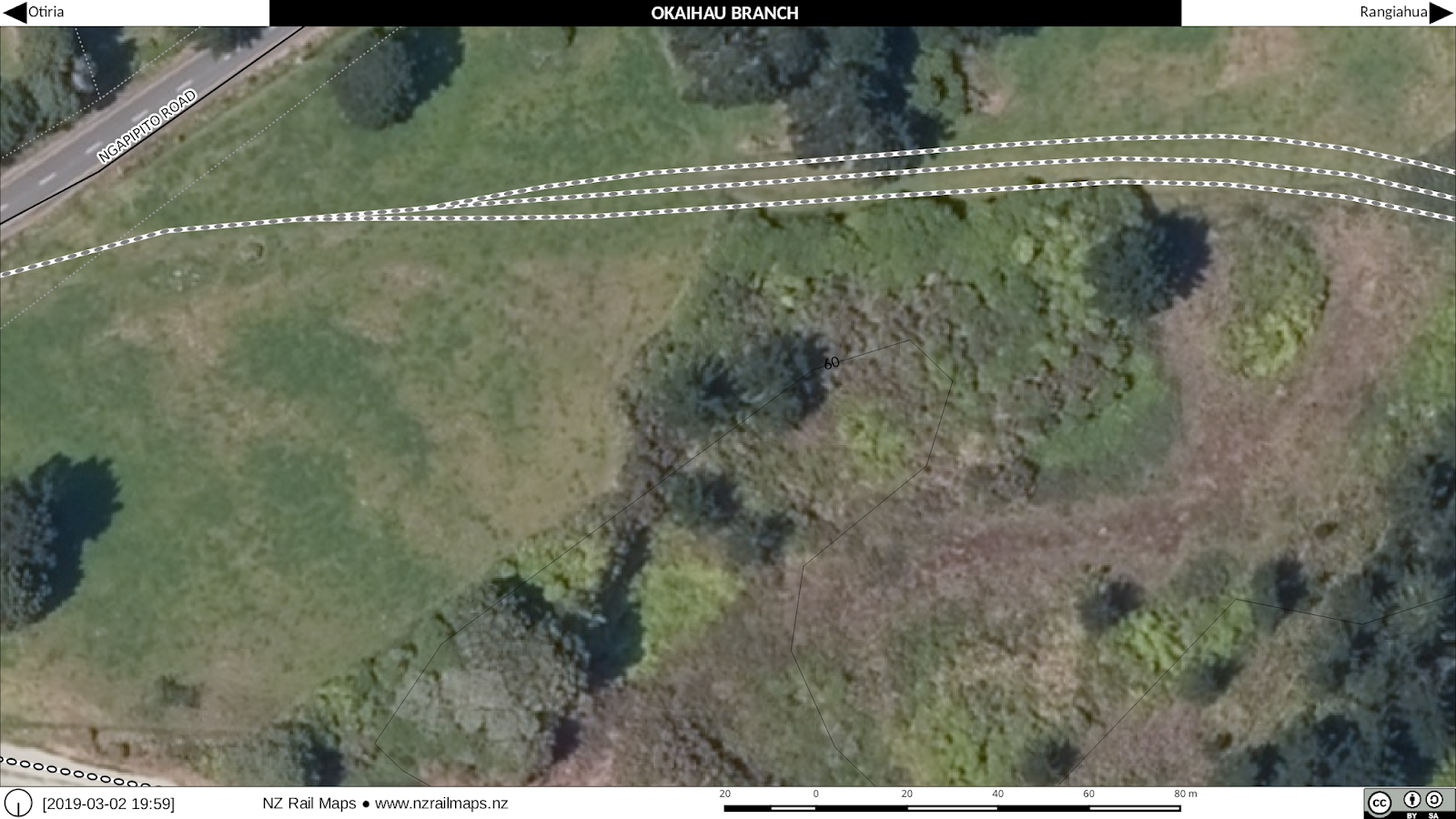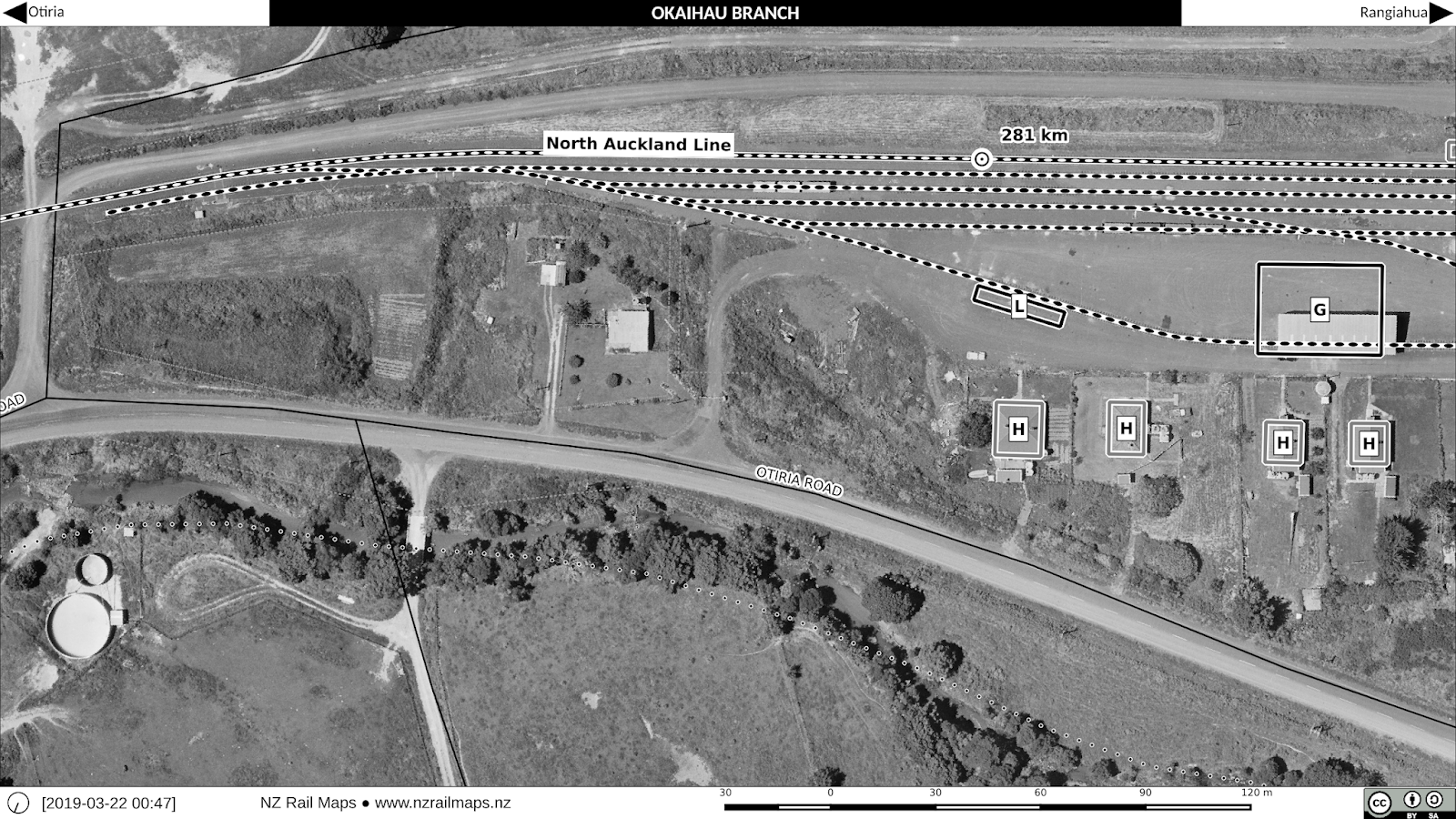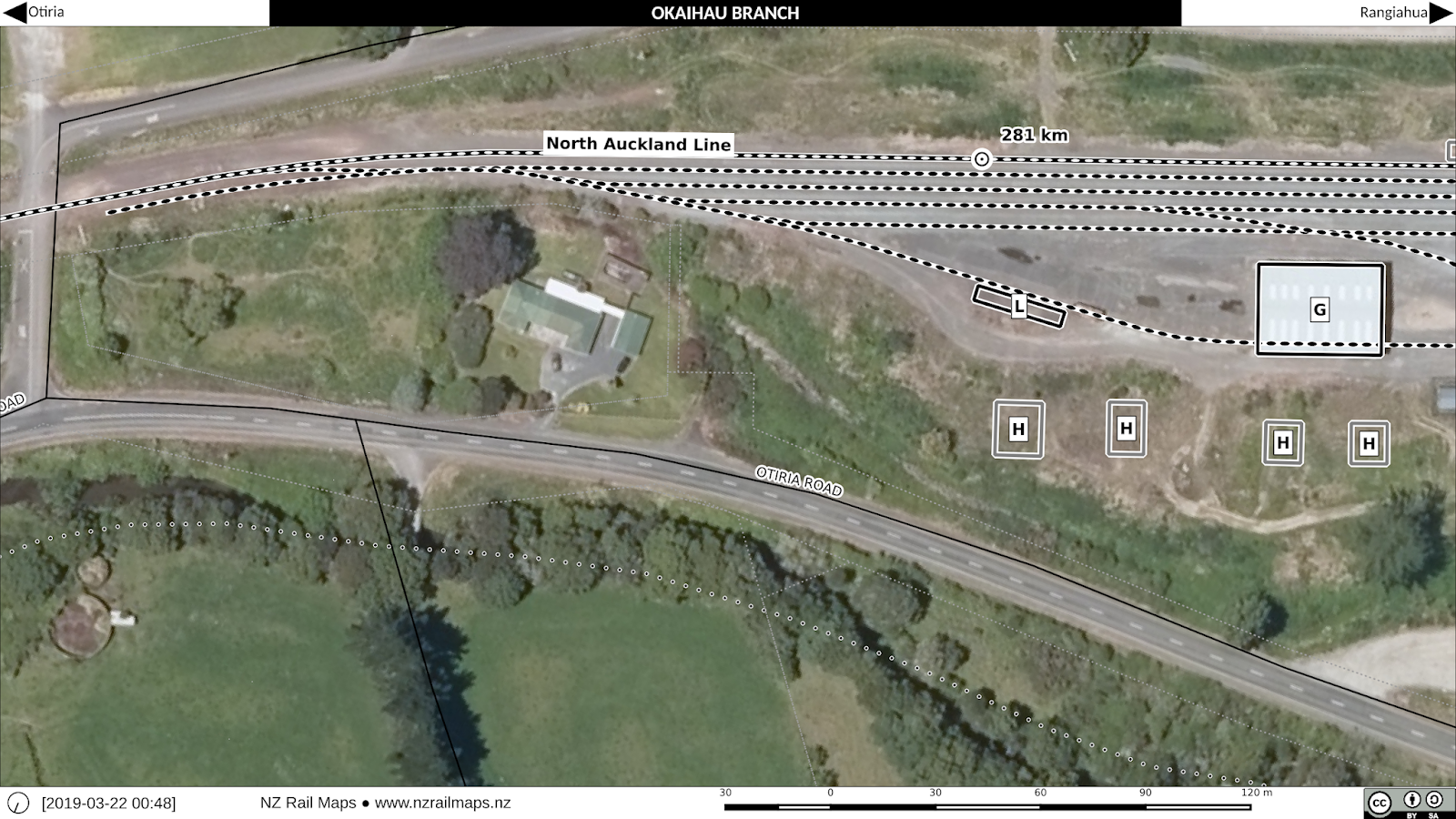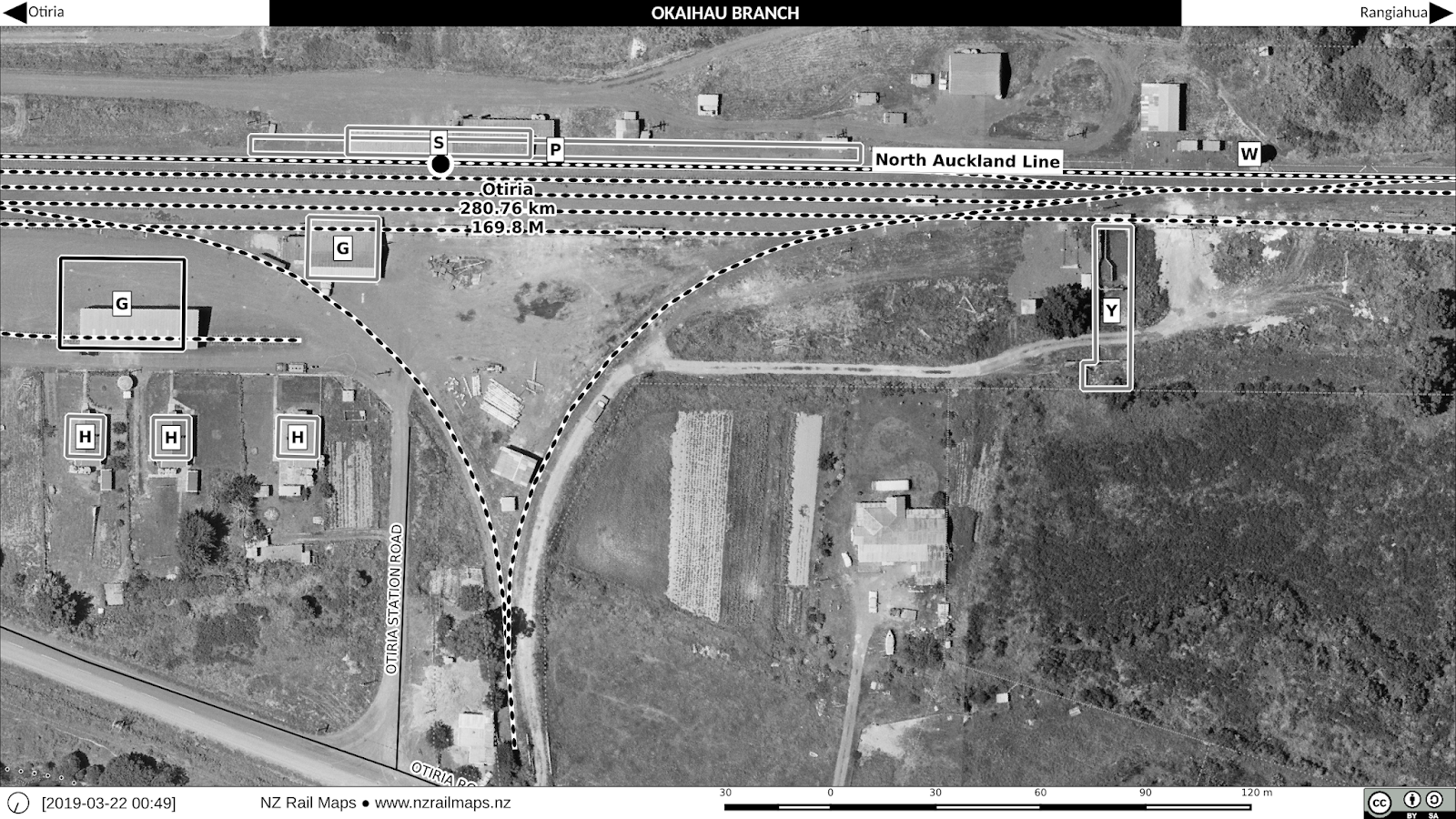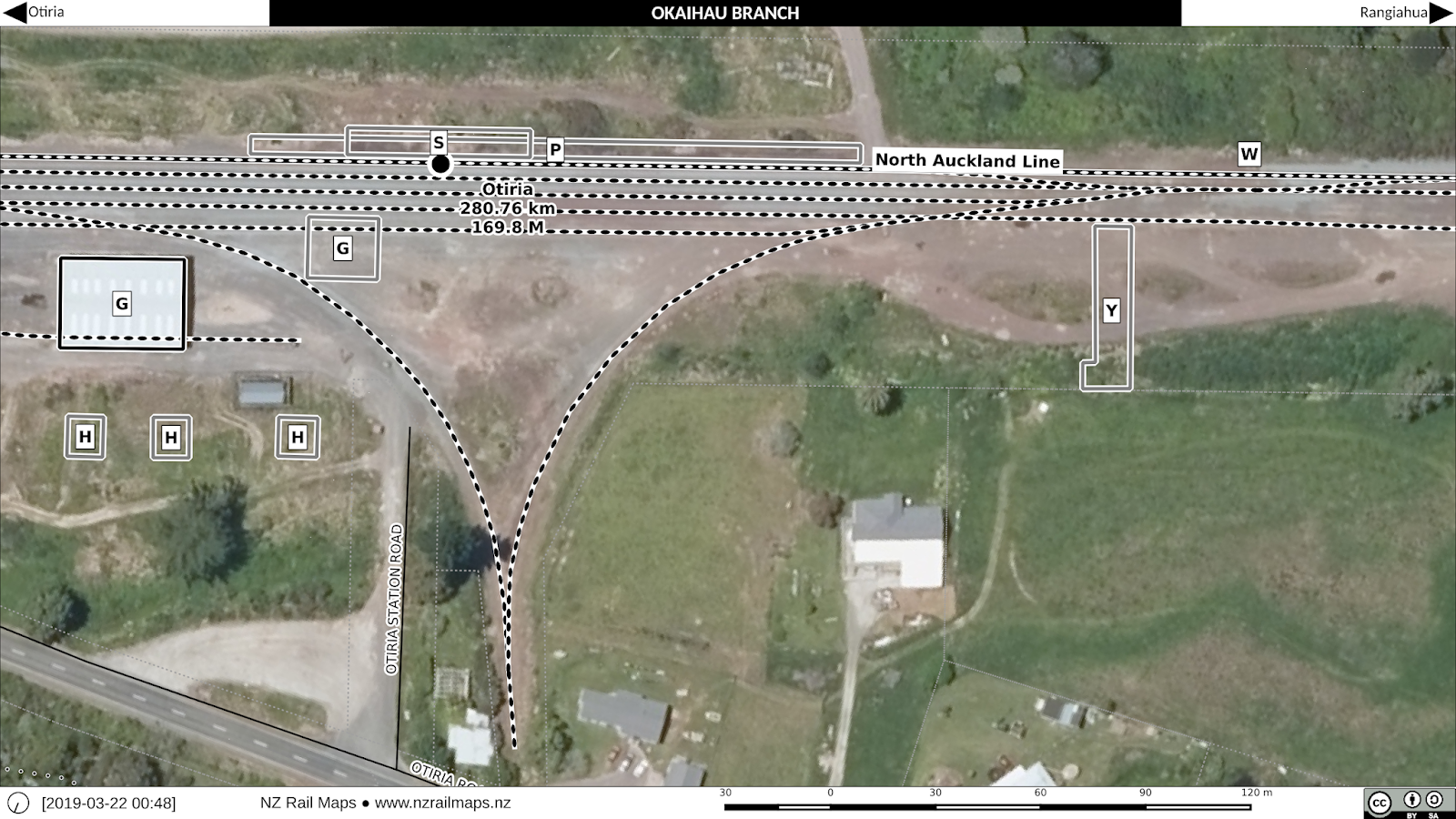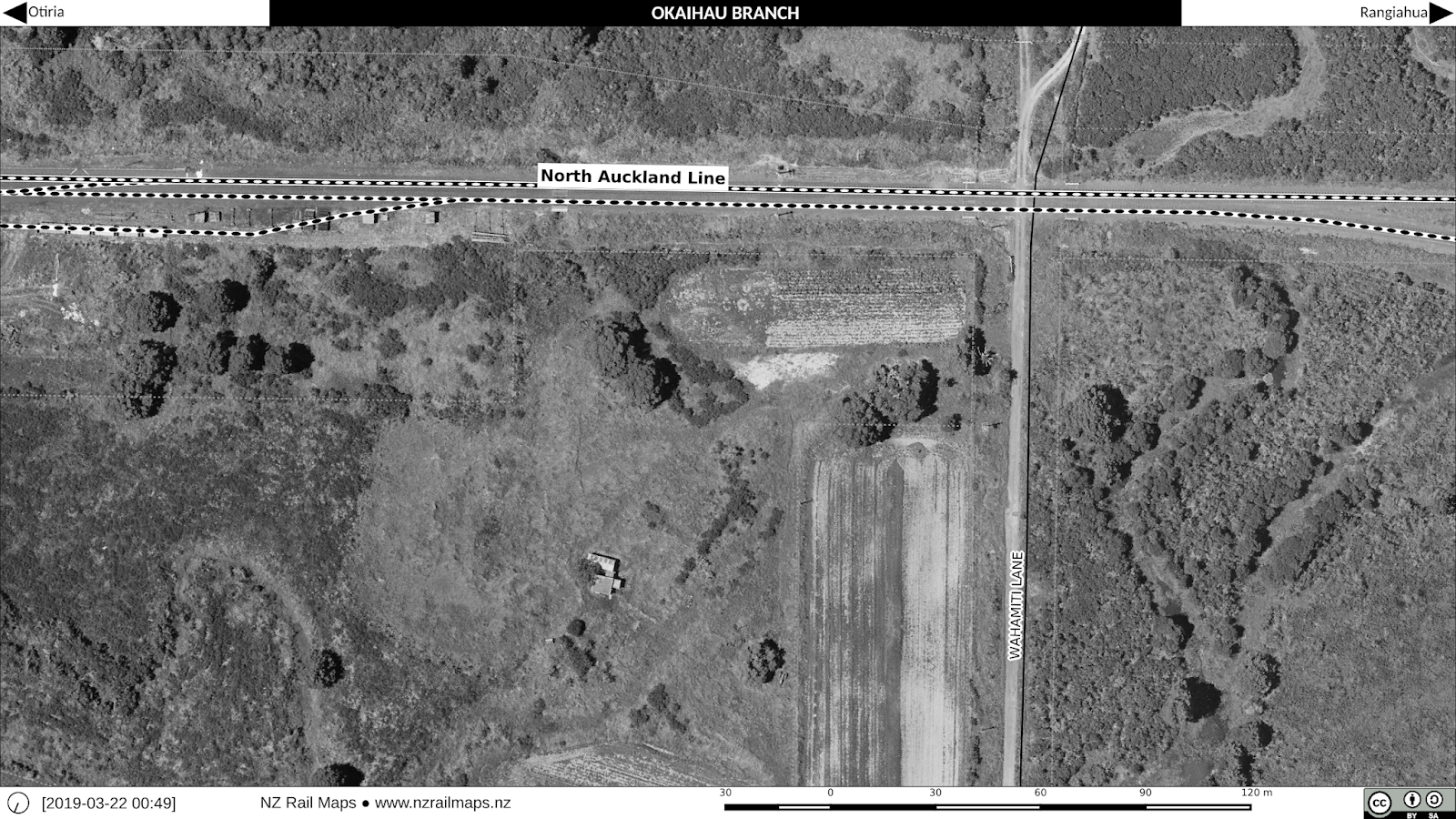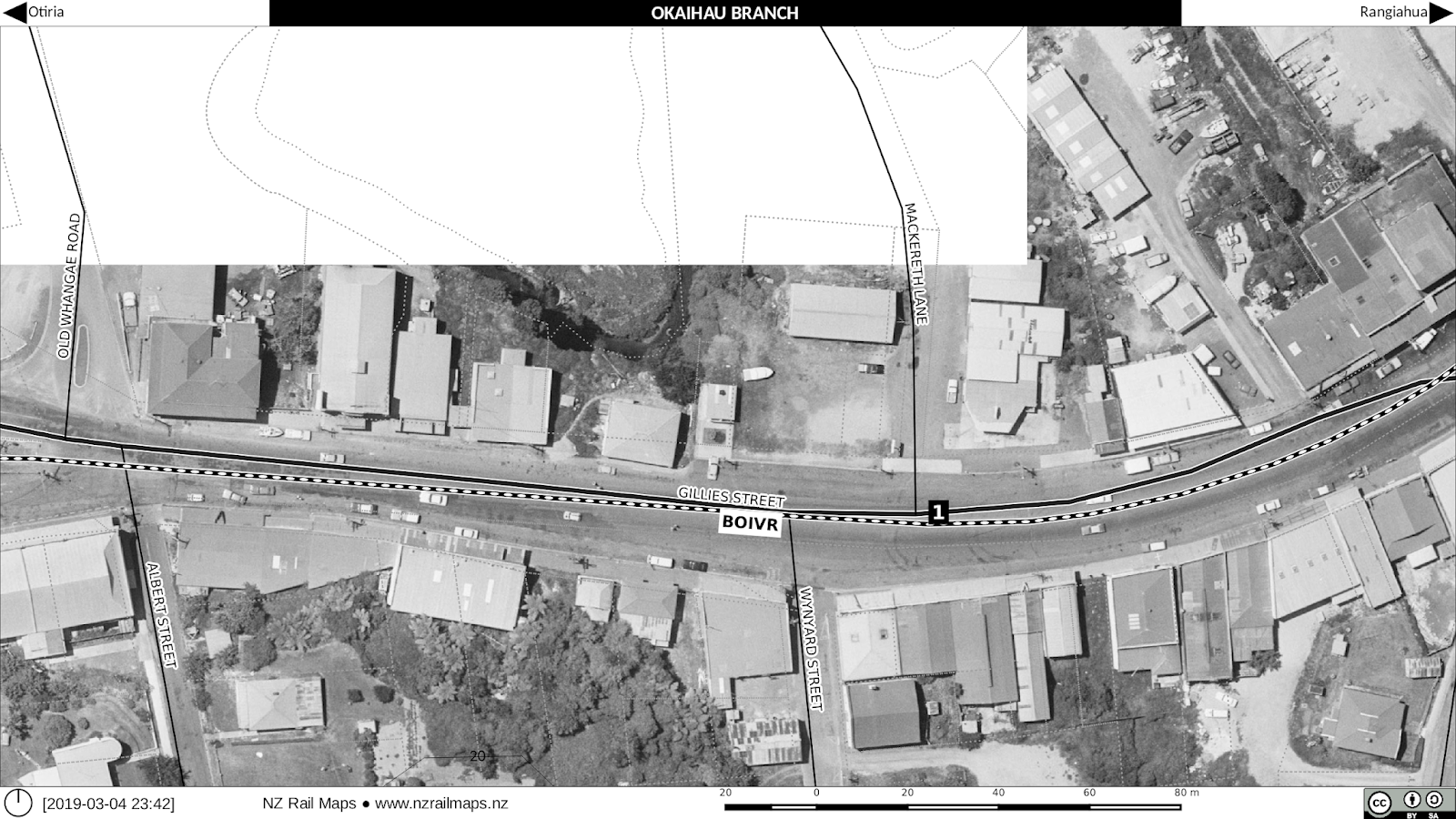As we all know the national railway network in this country has had a range of owners particularly in the last 25 years when it was privatised by a National government. It got renationalised back in 2003-8 but not as the unified network it once was, since metro operations had been tendered to various operators, and while Kiwirail was able to fold network maintenance and ownership into the new business, they were forced by National to recontract parts of their operations in the 2008-2017 term of government. One significant impact on the freight operations dating from renationalisation was the loss of their trucking network (Tranz Link) and some freight terminals which remained under Toll control although sitting on government owned land.
The real purpose of this post is to discuss the ongoing campaign by one group in particular to be able to run private trains of various sorts around NZ and this does go back to the 1980s or 1990s when a significant fleet of privately owned steam locomotives was purchased and subsequently, carriages were imported from the UK, however these carriages were prevented from being allowed to operate as a private fleet on Tranz Rail's network at the time and were subsequently sold and operated by TRL. The fleet of locomotives is of course that which is owned by the organisation known as Mainline Steam, one of a small number of groups who are able to maintain steam locomotives in main line operable condition to haul steam excursions, and whilst these groups organise the running of these trains, they are actually physically operated by Kiwirail staff with owner representation on board. The same general principles apply to other groups that organise trips of this type on the network. Since the 1980s it has been possible for these private locomotives and in some cases carriages to be allowed to run on the national network but the trains are under the control of Kiwirail and are not independently operated.
There has been interest as well from Mainfreight which did in fact tender (unsuccessfully) to purchase the NZ Rail Ltd network back in 1993 and is today a major freight customer of Kiwirail being one of a number of freight forwarders who have effectively taken over the road-rail transfer and local delivery role that the national rail operator used to provide in "goods sheds" at the major stations. It's possible to speculate that Mainfreight and some of the other road freight / logistics operators are likely to support a campaign for private trains to be able to operate on the national network in competition with Kiwirail Freight. Currently however the national network relies on Kiwirail's own ferry fleet to bridge Cook Strait and no one appears to be campaigning for their own rail ferry to operate in competition with Kiwirail there.
In recent years the campaign for private train operation has been most keenly seen in the East Coast of the North Island since Kiwirail pulled out of operating the Napier to Gisborne Line. At that time a number of private campaigners suggested the line should be reopened as a "short line" operation as seen in the US. There appears to be little merit in such suggestions however as they are dependent on the same kind of funding that Kiwirail itself was lacking at the time the line was closed down. Hawkes Bay Regional Council produced some funding options for re-opening the line to Wairoa but it appeared to be insufficient to get their project over the line. With the recent change of government, Kiwirail is re opening the line to Wairoa with a partnership with HBRC which owns Napier Port. The line further north to Gisborne is a different proposition due to heated opposition from Gisborne local government politicians and the port company they control, which sees a threat to its main (and puny) log traffic income stream from a rival region.
The Gisborne rail debacle is largely a sad reflection on vested self interest from local politicians in Gisborne and a consequence of its basket case local governance as a unitary council. Around the countryside, regional councils are tasked with transport development responsibilities across a number of local territories. For example, Northland Regional Council covers a large area from Cape Reianga down to Warkworth and was instrumental in the development of the Marsden Point spur rail line proposals in the 2000s when it was clear the region would benefit from the new port development with a rail link to transfer freight off ships to other parts of the region. At the same time as this work was happening, Far North District Council at the northern most extremity of the rail network was campaigning for it and other territories to become unitary, at a time when FNDC had muscled the Opua-Kawakawa heritage rail line out of Opua and forced it to build a cycleway over much of its trackage.
The idea that a local territory can not have a massive conflict of interest as a regional transport authority over the same area, with its local interests, is a complete crock. There are fortunately not many unitary authorities in NZ as most of them exhibit similar traits - the others are those in the Nelson-Marlborough region, and Auckland Council in Auckland. Auckland Council has pretty blatant self interest with lukewarm support for rail development outside their boundaries and opposition to any transfer of port services. Gisborne District is a very poor example of such a conflict and their latest regional development plan produced in response to PGF funding scenarios is totally lacking in vision. The idea seems to be the port will mostly move logs, and the government needs to spend money on improving the highways to reduce cost of moving freight by road through other regions. The problem is that the cost of improving those highways over hilly country to the point where costs are significantly reduced would not be justifiable.
Because of this local governance nonsense in Gisborne and the reluctance of the National Government to fund any alternative transport options other than highways for the region, and only limited highway improvements at that, there has been fertile ground for the campaign for private rail operations in the area, but they have stalled on one obvious problem, which is that if government is not willing to fund Kiwirail to keep the line open, they are hardly likely to see the point of funding another operator, and that's the key reason why the private rail campaigners have no real credibility. The most merit, and it's a limited amount of merit too, that they can bring to their campaign is the supposed gains to rail freight of allowing "open access" to the national network, and those gains, where they exist, generally are outweighed by the downsides. Open access rail operators would cherry pick the high value freight and leave the low value stuff to be carried by Kiwirail as operator of last resort. This in turn results in that traffic being lost to road because KRL would not be able cover its running costs. Furthermore, Kiwirail is not a full transport operator like some of its competitors; it would be at a disadvantage compared to NZ's largest transport and logistics firms who may choose to become involved in private train operations.
It is important in all of this to remember the economic viability of the Gisborne Line has always been in question even in when it was first being built in the 1930s. The fact the line was still open in 2008 was something of a miracle as it had been proposed for closure many times and has been very expensive to maintain long term, although probably not more expensive than State Highway 2 which crosses the same unstable land formations across the Whareratas. In the last years of operation the maintenance standard certainly slipped and this contributed to the final outcome of the line being closed in 2012. That said, the budding private outfit definitely does not have the experience needed to restore the line and keep it in operation. This is not a simple repair job that will be all resolved after spending a few weeks or months in earthmoving work to fill a washout. There is not only a backlog of slips to attend to but there is also a lot of other deferred maintenance particularly on waterways (culverts under embankments, as well as embankments alongside rivers and streams). But the big factor is that land is constantly on the move in the area, and major stabilisation work is needed in a number of areas. There's been some very large landslides and slips along the route and it is just a lot of work to keep open.
However, a lot of Gisborne's isolation is self inflicted and their local government could easily do a lot more to have freight easily and cheaply able to be moved from the area and doesn't do so. Whether that is rail or it is by ship, since the rail line closed there has been a lot of nonsense from mostly people that have some sort of vested interest in the port and its ownership especially. For them, other businesses costs is irrelevant because they don't get money from them. This is very much a problem in smaller provincial centres around NZ, where having a port and making money from it becomes all consuming and more important than other transport modes that they do not own or control. GDC could easily have got a container ship going to Napier or Tauranga but has not moved into this traffic, or they could have partnered with transport interests to support a rail freight hub that could have generated some freight to keep the railway in operation. The fact they have done neither is a big black mark against them.





